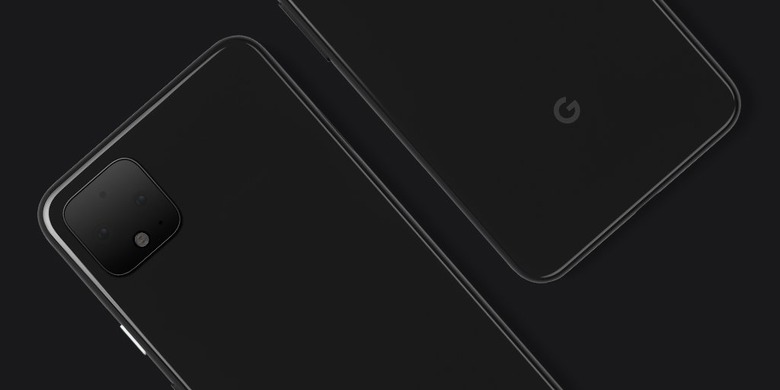This Is Our Best Look Yet At A Pixel 4 In The Wild
Google a few weeks ago showed a teaser image of the Pixel 4's rear, confirming the phone will feature a dual-lens camera placed inside into a rectangular camera module. Then, Google announced that the Pixel 4 would sport 3D face recognition support that's going to work differently than Face ID. Also, the company confirmed that the Project Soli radar system will be integrated into the top bezels. In the process, Google confirmed the Pixel 4 will not have a notch, as all the components needed for face recognition and radar-based gestures will occupy a lot of space on top of the phone.
Thanks to Google's revelations, it's now relatively easy to recognize a Pixel 4 in the wild, and someone spotted one on a plane, snapping several pictures of the device.
The notch that Apple introduced with the iPhone X is also an excellent marketing feature. You can immediately tell that someone is holding an iPhone X, XS, XR, or XS Max thanks to the screen design. The same will go for the Pixel 4 this year because the phone will probably be the only flagship that will sport a huge bezel at the top. That's exactly what happened on a plane in the UK recently, where The Teen Tech spotted a Pixel 4 or Pixel 4 XL unit in the hands of a Google's employee. Interestingly, previous Pixel 4 sightings also occurred in Great Britain. But in each instance, we only saw the back of the phone.
![]()
While Google didn't show the entire Pixel 4 display in its announcement a few days ago, these images show that the phone will have a much better design than its predecessor. We're looking at slim side bezels and an almost non-existent chin. The forehead, meanwhile, is noticeable and reveals the phone features a single-lens selfie cam.
The Pixel 4 prototype featured a white rear panel and a square camera module, as well as a metal frame. The front camera was slimmer than the Pixel 3, and so was the earpiece, according to the person who spotted the phone. The power button is placed just above the volume rocker and will feature an accent — orange in this case. The phone featured no visible fingerprint sensor.
![]()
The device had the screen turned on, playing content on the display, and the Googler used the Pixel 4's Face ID alternative to unlock it:
Positioned flat on the man's lap, he pressed the power button, and it unlocked. I would say that it was about as fast as the Huawei Mate 20 Pro's face unlock, which is amazing this early on in the process, and especially at that 60-degree angle.
However, the phone's Project Soli were locked on this prototype, the Googler said.
The Pixel 4 isn't expected until early October, so it's likely we'll see even more leaks detailing its design now that Google confirmed so many things about the handset.
